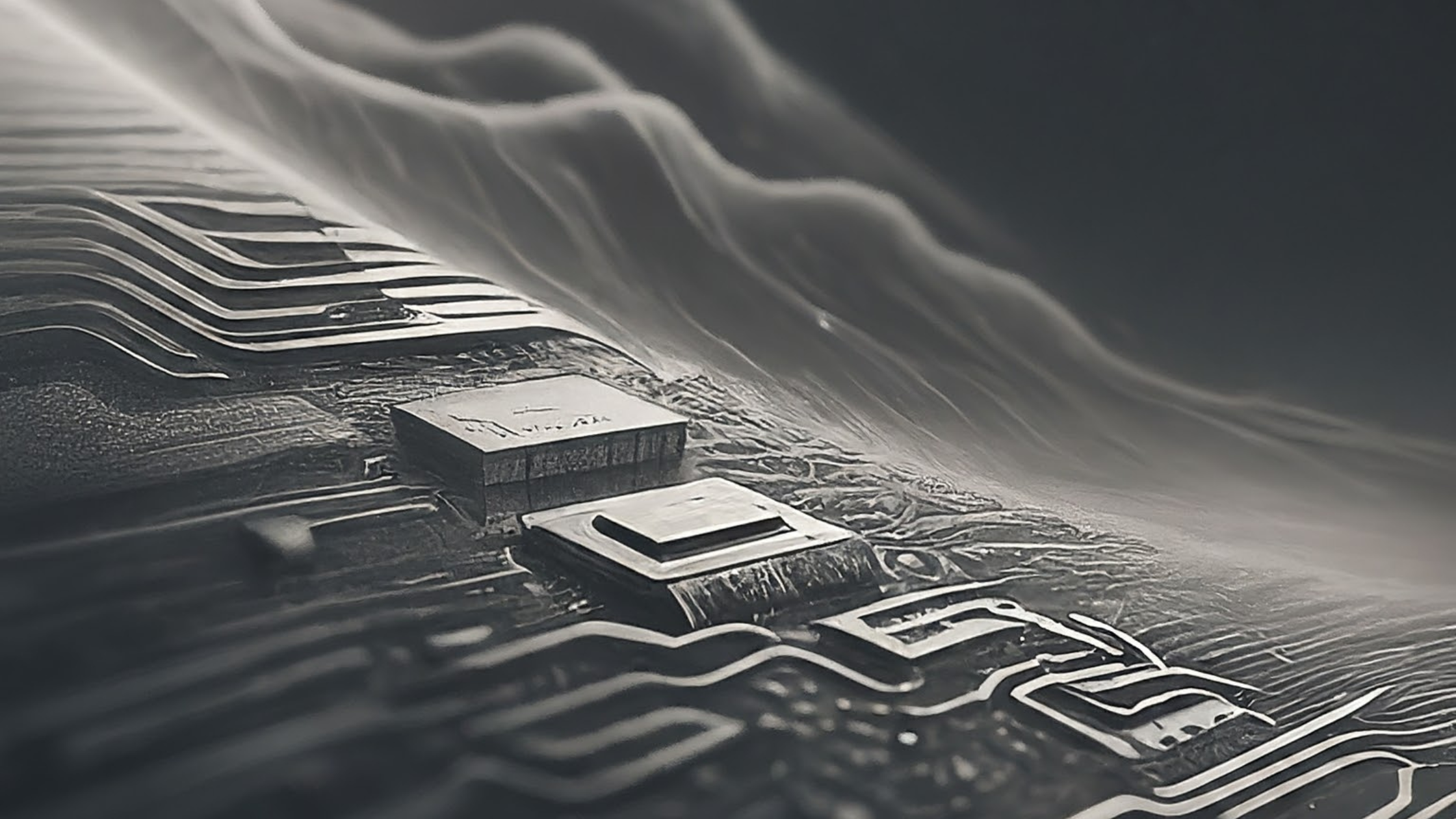Edge computing has emerged as a transformative paradigm, pushing computational capabilities closer to data sources. In this context, Edge Platform as a Service (Edge PaaS) plays a pivotal role in extending the benefits of Platform as a Service (PaaS) to the edge functions. This article delves into the definition, architecture, advantages, use cases, challenges, and future trends of Edge PaaS.
Understanding Edge PaaS
1. Definition:
Edge PaaS is a cloud computing service model that extends traditional PaaS capabilities to the edge of the network. It provides a platform for developers to build, deploy, and manage applications closer to the data source, reducing latency and enhancing real-time processing.
2. Key Components:
- Development Tools: Edge PaaS offers tools and frameworks that simplify the development of applications tailored for edge environments.
- Runtime Environment: It includes the necessary runtime environment for executing applications on edge devices.
- Deployment and Orchestration: Edge PaaS enables seamless deployment and orchestration of applications across distributed edge infrastructure.
- Monitoring and Management: Tools for monitoring application performance, managing resources, and ensuring reliability at the edge.
Architecture of Edge PaaS
1. Edge Nodes:
- Edge PaaS relies on a network of edge nodes such as edge servers, which are devices or servers positioned closer to data sources.
- These nodes host the runtime environment and execute applications, reducing the need for centralized processing.
2. Cloud Integration:
- Edge PaaS platforms often integrate with cloud services to leverage centralized management, data storage, and additional computational resources.
- This integration ensures a seamless flow of data and applications between the edge and the cloud.
3. Containerization:
- Containerization technologies, such as Docker and Kubernetes, are integral to Edge PaaS, facilitating the deployment and scaling of applications across diverse edge environments.
4. Developer Tools:
- Edge PaaS provides developers with tools and SDKs that enable the creation of applications optimized for edge computing scenarios.
- These tools may include APIs for accessing edge-specific functionalities.
Advantages of Edge PaaS
1. Reduced Latency:
- By processing data closer to the source, Edge PaaS minimizes latency, making it ideal for applications that require real-time responsiveness.
2. Scalability:
- Edge PaaS allows for the dynamic scaling of applications to meet fluctuating demands in distributed edge environments.
3. Optimized Resource Utilization:
- Applications are executed on edge nodes, reducing the need to transmit large amounts of data to centralized cloud servers.
- This optimizes bandwidth usage and ensures efficient resource utilization.
4. Enhanced Reliability:
- Edge PaaS enhances reliability by distributing workloads across multiple edge nodes, reducing the impact of failures on the overall system.
5. Improved Security:
- Processing data at the edge minimizes the need to transmit sensitive information to the cloud, enhancing data security and privacy.
Use Cases of Edge PaaS
1. IoT Applications:
- Edge PaaS is instrumental in supporting IoT applications where real-time processing of sensor data is essential.
2. Autonomous Vehicles:
- Edge PaaS facilitates the processing of data from sensors on autonomous vehicles at the edge, enabling quick decision-making.
3. Smart Cities:
- Edge PaaS can be employed in smart city initiatives for real-time monitoring, analysis, and decision-making in areas like traffic management and public safety.
4. Industrial IoT (IIoT):
- In industrial settings, Edge PaaS supports the deployment of applications for monitoring and controlling machinery, optimizing production processes.
5. Augmented Reality (AR) and Virtual Reality (VR):
- Edge PaaS reduces latency in AR and VR applications by processing data locally, delivering a more immersive and responsive user experience.
Challenges in Edge PaaS
1. Resource Constraints:
- Edge devices often have limited resources compared to cloud servers, posing challenges in deploying resource-intensive applications.
2. Diversity of Edge Environments:
- Edge PaaS must accommodate diverse edge environments, ranging from IoT devices with constrained resources to more powerful edge servers.
3. Interoperability:
- Ensuring interoperability between different Edge PaaS platforms and devices is crucial for seamless application deployment.
4. Security Concerns:
- The distributed nature of edge computing introduces additional security considerations, including securing communication between edge nodes and the cloud.
5. Orchestration Complexity:
- Orchestrating applications across a multitude of edge devices with varying capabilities requires sophisticated management and orchestration tools.
Future Trends in Edge PaaS
1. 5G Integration:
- The rollout of 5G networks will enhance connectivity, enabling faster and more reliable communication between edge devices and cloud services.
2. Federated Learning:
- Edge PaaS is expected to play a role in federated learning, where machine learning models are trained collaboratively across edge devices without centralized data sharing.
3. Serverless Edge Computing:
- The evolution of serverless computing models at the edge will simplify application development and deployment, further reducing management overhead.
4. Edge AI Integration:
- Edge PaaS will increasingly integrate with Edge AI platforms, empowering edge devices with advanced machine learning capabilities.
5. Standardization Efforts:
- Ongoing standardization efforts will address interoperability challenges, creating a more cohesive ecosystem for Edge PaaS solutions.
Edge PaaS : The Tech Futurist take
Edge PaaS stands at the forefront of innovation, bringing the power of Platform as a Service to the edge of networks. As organizations embrace edge computing for its advantages in latency reduction, scalability, and optimized resource utilization, Edge PaaS becomes a key enabler of this paradigm shift. While challenges persist, ongoing technological advancements and standardization efforts promise to further enhance the capabilities of Edge PaaS, shaping the future of distributed computing landscapes.




